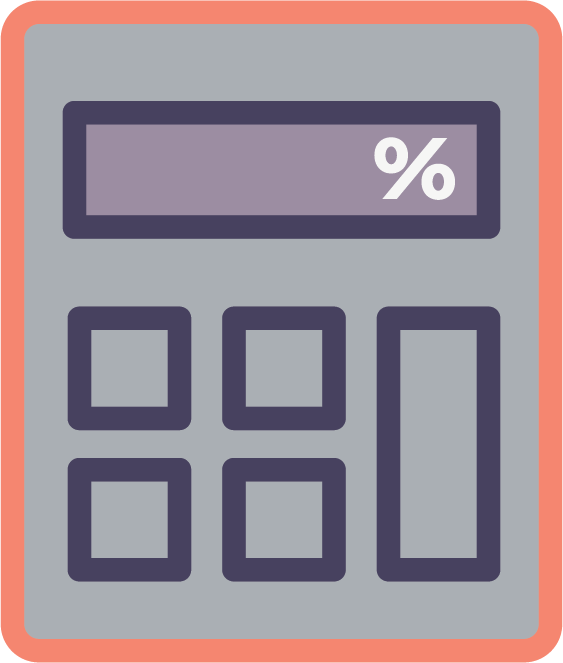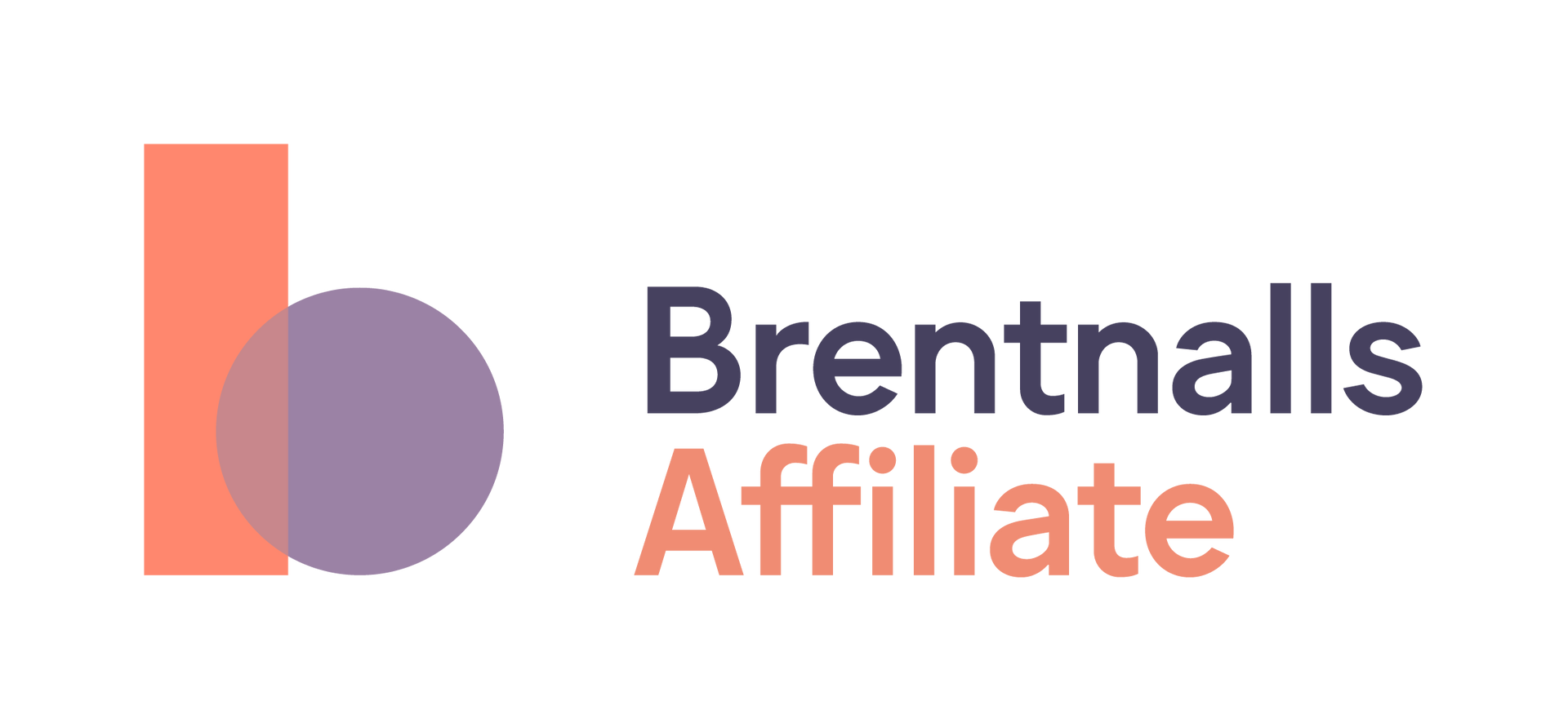News Articles

Several key super changes which may impact your ability to contribute to your superannuation, took effect from 1 July 2022. These changes create opportunities for all superannuation fund members, young and old, to grow their retirement savings.
What are the changes?
Originally announced in the 2021 Federal Budget, the following changes applied from 1 July 2022:
- Individuals up to the age of 74, will no longer need to meet a work test to make voluntary non-deductible, contributions.
- Individuals up to the age of 75, with a total super balance under $1.7 million, will have the opportunity to make large non-concessional contributions (possibly up to three years’ worth) in a single year.
- The minimum age to make downsizer contributions will reduce to 60, allowing more individuals to use the proceeds from the sale of their home, to fund their retirement.
- The Superannuation Guarantee (SG) rate has increased from 10% to 10.5% p.a. for all and the $450 minimum income threshold for SG contributions has been removed.
- Under the First Home Super Saver Scheme (FHSSS) eligible individuals have access to an extra $20,000 of voluntary contributions to fund a home deposit.

Downsizer contributions
Presently, you can only make a downsizer contribution if you are 65 or older at the time of the contribution and have satisfied the other eligibility requirements.
As from 1 July 2022, the minimum age will reduce to 60. All other eligibility rules remain unchanged and the maximum amount of downsizer contributions that can be made remains at $300,000 per person or $600,000 per couple.
If you are selling your home, please contact our office to discuss the timing of a downsizer contribution and the potential to boost other contribution opportunities. For example, if you get the timing right, you may be able to combine a downsizer contribution with the bring forward rules to contribute up to $630,000 to your SMSF, in one year. As a couple this could present a one-off opportunity to boost your retirement savings.

First home super saver scheme (FHSSS)
Currently the FHSSS allows you to withdraw a maximum of $30,000 of voluntary contributions (plus associated earnings/less tax) from your super fund to fund the deposit of a new home.
As from 1 July 2022, the maximum amount that can be withdrawn will increase to $50,000 meaning each eligible person will be able to withdraw an additional $20,000. All other eligibility rules remain unchanged.
Also, unchanged is the maximum amount of contributions that an individual can make each year that can count towards the FHSSS – this remains at $15,000 p.a. This means that it will take a member, at least four years of voluntary contributions, to reach the higher $50,000 limit.
Discuss Further?
If you would like to discuss, please get in touch.
Disclaimer
The information provided in this article does not constitute advice. The information is of a general nature only and does not take into account your individual financial situation. It should not be used, relied upon, or treated as a substitute for specific professional advice. We recommend that you contact Brentnalls SA before making any decision to discuss your particular requirements or circumstances.







